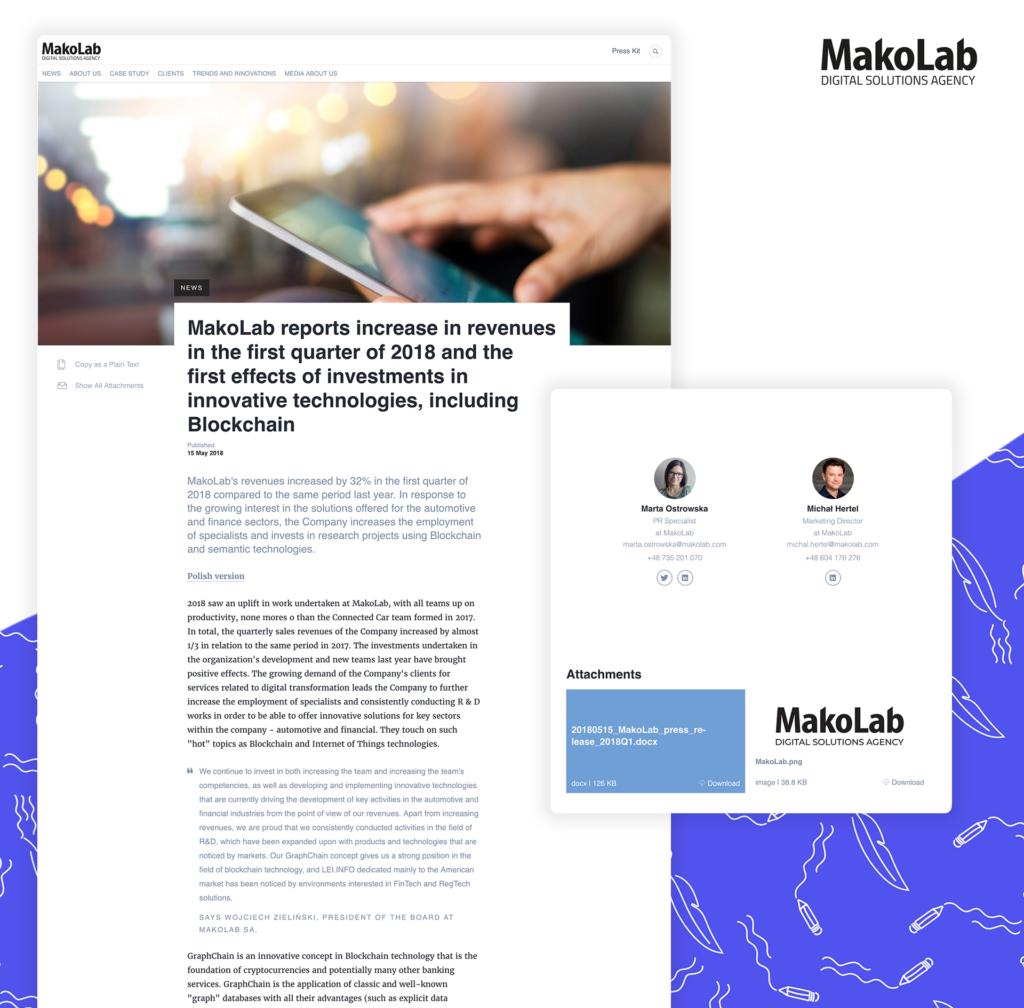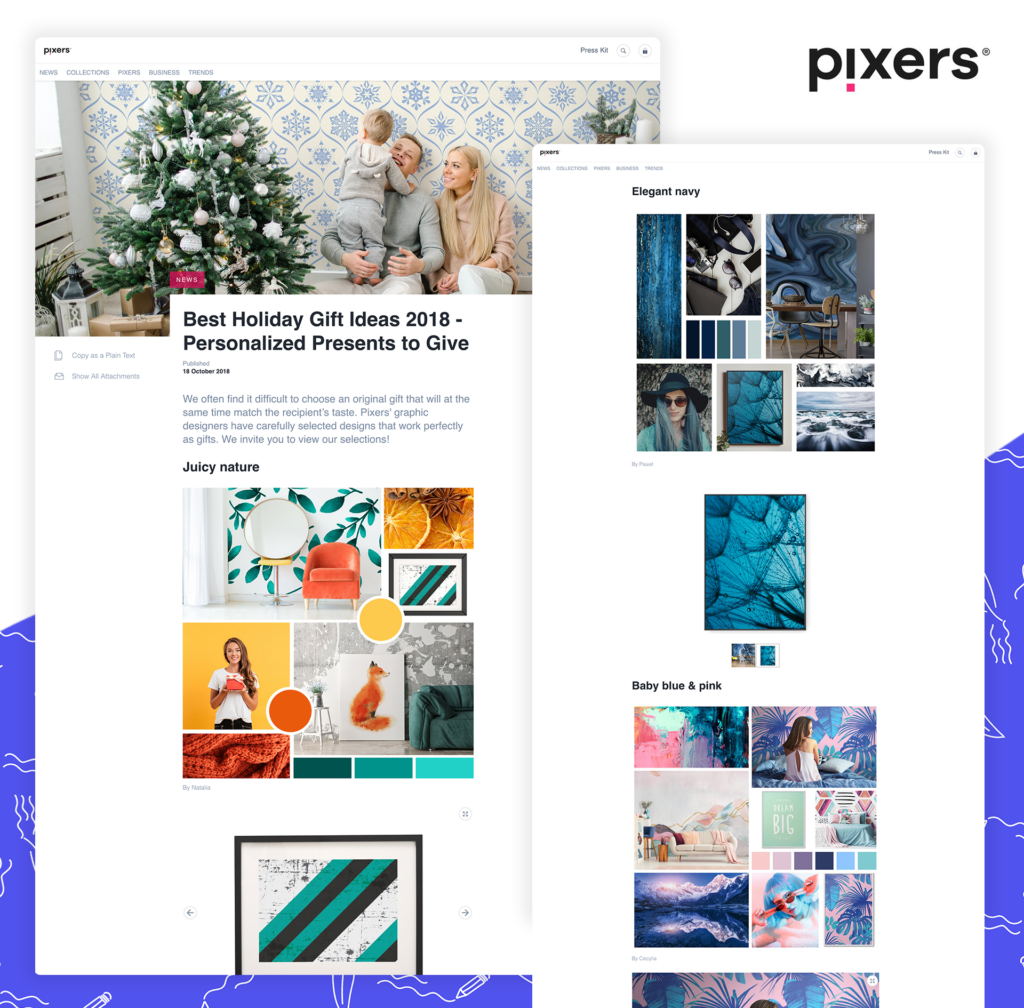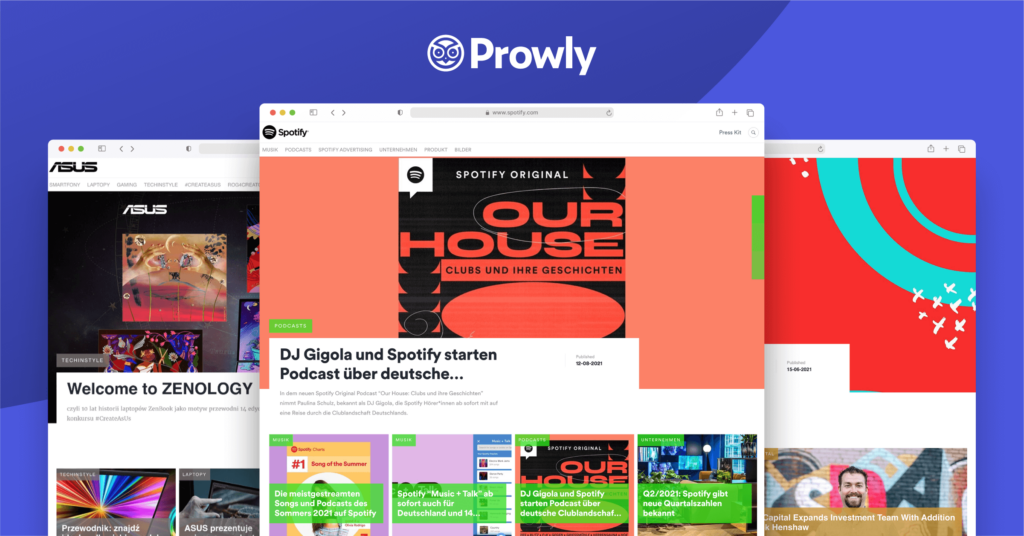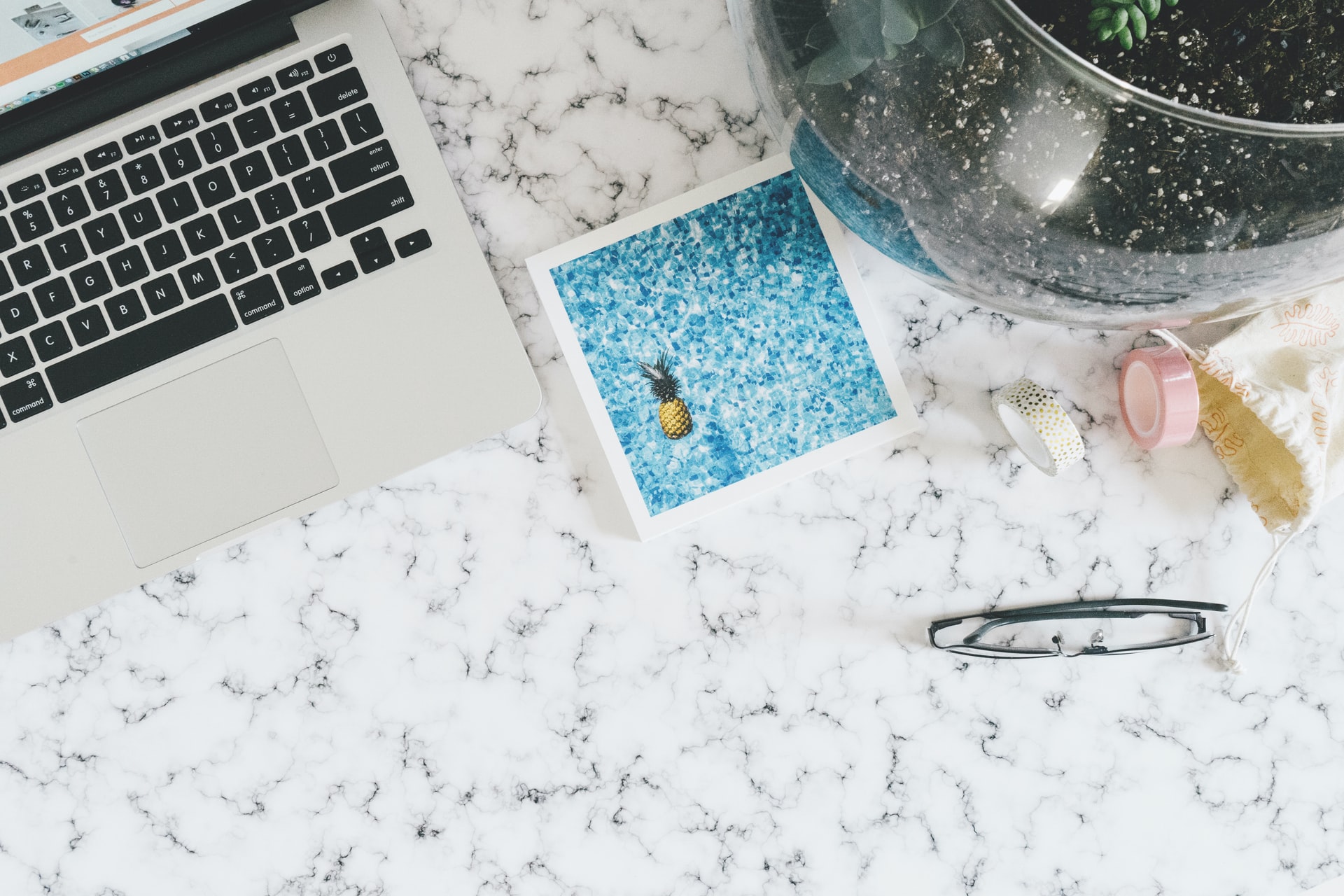Did you know that the average human attention span is only 8 seconds?
That's 8 seconds to grab your readers' attention and convince them they should stay and read on. You’ve probably already spent 8 seconds reading up to this point. Not too much time, is it?
In this guide, you'll learn that including visuals in a press release is a great PR tactic. Here's how to do it properly.
How to include visuals in your press releases
There's a reason why communication relies on visuals; images and videos drive attention way better than any text. Why should a press release be any different?
In other words, if you want your message to get through, you should support it with relevant pictures, photos, videos, logos, and even animated GIFs. If you're unfamiliar with visual press releases, check out these press release templates and examples.

1. Take into account what you're writing about
Although images are great to include in your press release, don't get carried away and make it all photos.
Consider how it goes with what you're writing about. If you're writing a press about something visual such as the release of a new mobile phone, you're going to want to include a lot of high-quality and eye-catching photos that journalists can get excited about.
If photos aren't essential to your press release, limit the number of pictures to an amount where you're not overpowering your text. Think quality, not quantity.
What if you have no images to add that are relevant and high-quality? In this case, I recommend adding your company logo to your press release; it'll still grab the journalist's attention, and it'll be something they can include when publishing your news story.

2. Make sure you're not breaking any copyright laws
It's something that you've probably heard of and can have serious consequences if you don't take it seriously. Even if you don't get sued for it, it can be bad PR for your company if you're using others' photos without permission.
Whenever we're using someone else's image, it's safer to assume that it's copyrighted. Use your own graphics, purchase them from a stock photo service, or ask the author if you can use their image.
3. Avoid attaching image files when pitching your press release via email
Remember to avoid attachments as much as possible. That means you shouldn’t send out emails with any attached images or videos (especially large files), resulting in a gigantic and possibly confusing email that will clog up journalists' inboxes.
If you want to send out a press release that contains lots of high-quality and high-res images or videos (and because it's a way to make your news attractive and digestible for the press – why wouldn't you), there's a way!
Instead of adding attachments to your press release email:
1. Create a digital press release (using a Press Release Creator like Prowly or using a CMS).
2. Add your photos, videos & other rich media (such as Facebook posts or Twitter conversations) directly to your press release.
3. Post it online to your brand newsroom.
4. Share it with journalists' using a lightweight shareable link (plus, with tools like Prowly, you’ll be able to track open and click rates and see who's reading your emails)

Conclusion
At the very least, you should always include a high-res image of your logo in your press release. If possible, add relevant and high-quality images, that grab attention and add value to your news story.
And finally, instead of filling up journalists' mailboxes, publish your press release online (preferably in a well-optimized newsroom), and simply link it in your media pitches.

